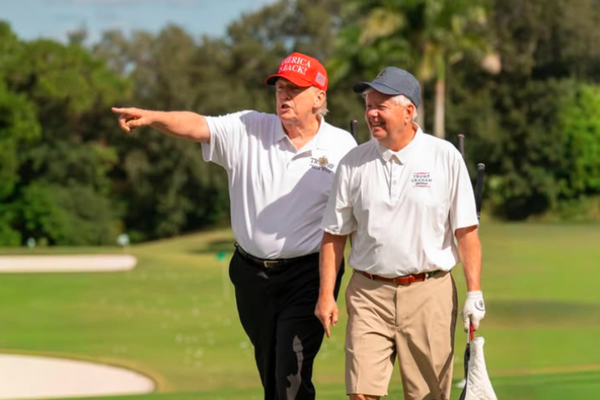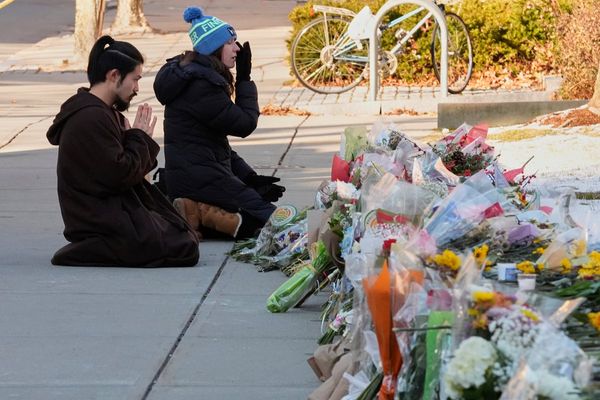Six months after Russia began its invasion of Ukraine, the conflict seems to have entered a dangerous stalemate. Ukraine resisted the Russian attack well, forcing the invading troops to retreat from around Kyiv, its capital, and Kharkiv, the second city, but in the east and south, it lost swathes of territories. The war seems to have strengthened the trans-Atlantic alliance, which was evident in Sweden and Finland applying to join NATO, but the West is reeling under the heat of the economic consequences, especially amid growing fears of Russian gas supplies drying up during winter. Russia made territorial gains in Donbas and in southern Ukraine, but its setbacks in the north and northeast and its inability to take quick, decisive battlefield victories elsewhere exposed the gap between its rhetoric and the reality. Russia has stopped ground assaults but it continues to bomb Ukrainian cities at will, the latest being an attack on a railway station on August 24, Ukraine’s Independence Day, that also marked six months of the invasion. Ukraine’s strategy appears to be making the occupation costly for the Russians rather than taking back territories. Russia’s Crimea and Kherson bases have come under repeated attacks. The Russian intelligence has blamed Ukraine for a car bombing that killed the daughter of an ally of President Vladimir Putin.
Reports in recent weeks suggest that the Russian intelligence gravely miscalculated the Ukrainian resistance before the war. When the Kyiv regime stayed put in the face of Russia’s multi-axis assault, the Russian generals had to change their strategy, from lightning strikes across the country to a focused ground invasion in the east. Even that was made complicated by Ukraine’s resistance, which got military and financial assistance from the West. As the war dragged on, the West’s resolve to punish Russia only hardened, leading to crippling sanctions on the Russian economy. So, Mr. Putin is now in a spot, despite the limited battlefield gains of his troops: managing the sanctions-hit economy itself is a tall task; continuing the war would be costly, and there is no certainty that he would meet his strategic goals through a long-term war. And for Ukraine, despite its resistance capabilities and the support from the West, taking back territories using force remains impractical. So, to break the stalemate, what both sides can do is to agree to a ceasefire and start direct talks seeking a political solution. The UN and Turkey-mediated talks that saw a breakthrough in July in shipping grain from Ukraine’s ports via the Black Sea are a model worth being followed. Regional players with communication lines open to Moscow and Kyiv should push them to come to the table. If a war of attrition is allowed to grind on, it would continue to hurt all stakeholders, besides holding the global economy hostage.







